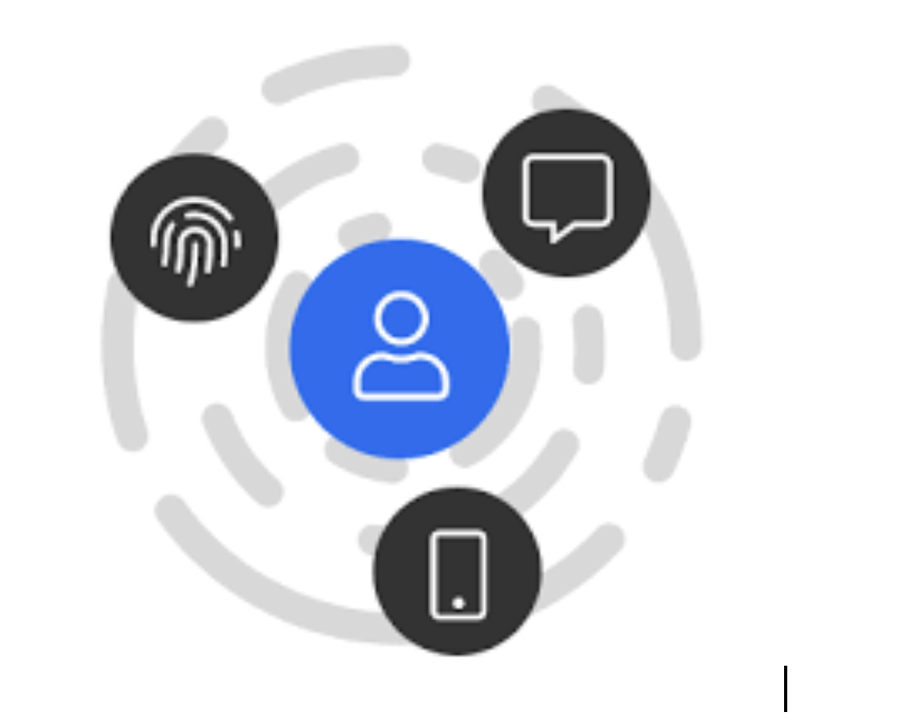
How Passwords are Weakening Your Cybersecurity
The Problem With Passwords
Passwords have long served as the foundation of cybersecurity, allowing users to access their personal information by entering specific credentials. However, what was once considered a secure method and industry-standard has now become a significant weakness. Passwords have become the Achilles' heel of modern cybersecurity, providing easy opportunities for hackers to bypass online security systems.
The Challenges
The way we create and manage passwords has become a major issue. With countless accounts across email, social media, banking, and other digital platforms, users are burdened with the task of remembering and keeping track of numerous passwords. Unfortunately, this often leads to insecure practices, such as writing down passwords in vulnerable places, sharing them among users, or reusing them across multiple accounts. These practices increase the vulnerability of private information and contribute to a rise in cybersecurity attacks.
Exploiting Password Weaknesses
Hackers have also evolved their methods for obtaining passwords, taking advantage of user carelessness. Phishing emails, deceptive advertisements, and fraudulent websites trick individuals into revealing their passwords, which are then sold for personal gain. Malware distributed through these tactics allows hackers to monitor keystrokes and copy login credentials. Once a password is compromised, it can lead to more severe threats, such as data breaches.
Data Breach Consequences
Data breaches occur when hackers use stolen passwords to access sensitive information held by large corporations, exposing private customer data. Notable companies like Facebook, Microsoft, LinkedIn, Adobe, and Capital One have all fallen victim to data breaches, compromising credit card details, email addresses, geolocations, and other personal information. These breaches often occur due to the large number of employees with credentials and access to privileged data. Even a single leaked password or one employee's compromised credentials can result in the unauthorized access and theft of millions of customers' records. For example, JPMorgan Chase experienced a series of cyberattacks in 2014 that exposed over 80 million credentials, including addresses and account information, simply because hackers obtained one employee's credentials. Strong and secure passwords alone do not guarantee protection.
The Impact on Cloud-Based Infrastructure
The reliance on passwords has wider implications as more companies adopt cloud-based infrastructures for storing data, applications, and services. Breaching cloud-based systems grant hackers access to privileged information without the need to target on-site infrastructure. This poses an even greater risk to sensitive data.
The Solution: Passwordless Authentication Systems
To address the growing weaknesses of password-based security systems, a shift towards passwordless authentication is necessary. Passwordless authentication systems provide a more secure approach to cybersecurity, utilizing alternative methods for granting access beyond traditional credentials. This can include one-time codes sent to mobile devices or biometric authentication methods such as facial recognition or retina scans. By verifying the user's identity through these means, access is granted only to authorized individuals. This technology offers superior security compared to passwords, ensuring that only verified users can access personal information.
Monitoring Developer Access
While passwordless authentication is a significant step forward, improving cybersecurity also requires monitoring developer access. By restricting when and for how long developers and employees are granted access, the likelihood and impact of data breaches can be significantly reduced.
Current Approaches
Existing attempts to address password-related challenges, such as password managers, vaults, and secret managers, offer temporary solutions but fail to address the underlying flaws of password-based authentication. Although they provide a convenient way to store and generate strong passwords, they do not restrict access nor prevent unauthorized use of privileged data.
Newer Upcoming Solutions
Notable companies like Apple are pioneering more robust solutions. Apple's PassKey Technology combines the convenience of biometrics with the security of public-key cryptography, delivering a seamless and highly secure authentication experience. By leveraging the secure enclave within Apple devices and utilizing hardware-bound keys unique to each device, cryptographic keys are stored in a tamper-resistant environment, safeguarding them from unauthorized access, even if the device is compromised. Biometric authentication, such as Face ID or Touch ID, provides an additional layer of security, ensuring that only the rightful owner can authenticate.
Furthermore, other industry leaders are exploring advanced passwordless authentication methods. The FIDO2 standards, supported by major technology companies, promote passwordless authentication across various platforms and devices. These standards employ public-key cryptography and authenticate users based on biometrics or secure hardware tokens, offering a seamless and secure authentication experience. Emerging technologies like zero-trust architectures and decentralized identity systems are also gaining traction, providing highly secure and privacy-enhancing authentication methods through distributed ledger technology and cryptographic techniques.
To embrace the shift towards passwordless authentication, companies must prioritize implementing robust and user-friendly authentication methods. Investing in technologies like biometrics, public-key cryptography, and hardware-bound keys is crucial. Additionally, staying informed about emerging solutions such as zero-trust architectures and decentralized identity systems can further enhance security and privacy. By adopting passwordless authentication and maintaining proactive security measures, companies can safeguard data, protect users, and contribute to a more secure digital landscape.